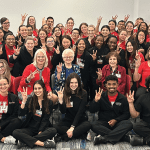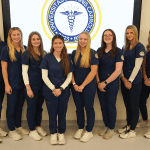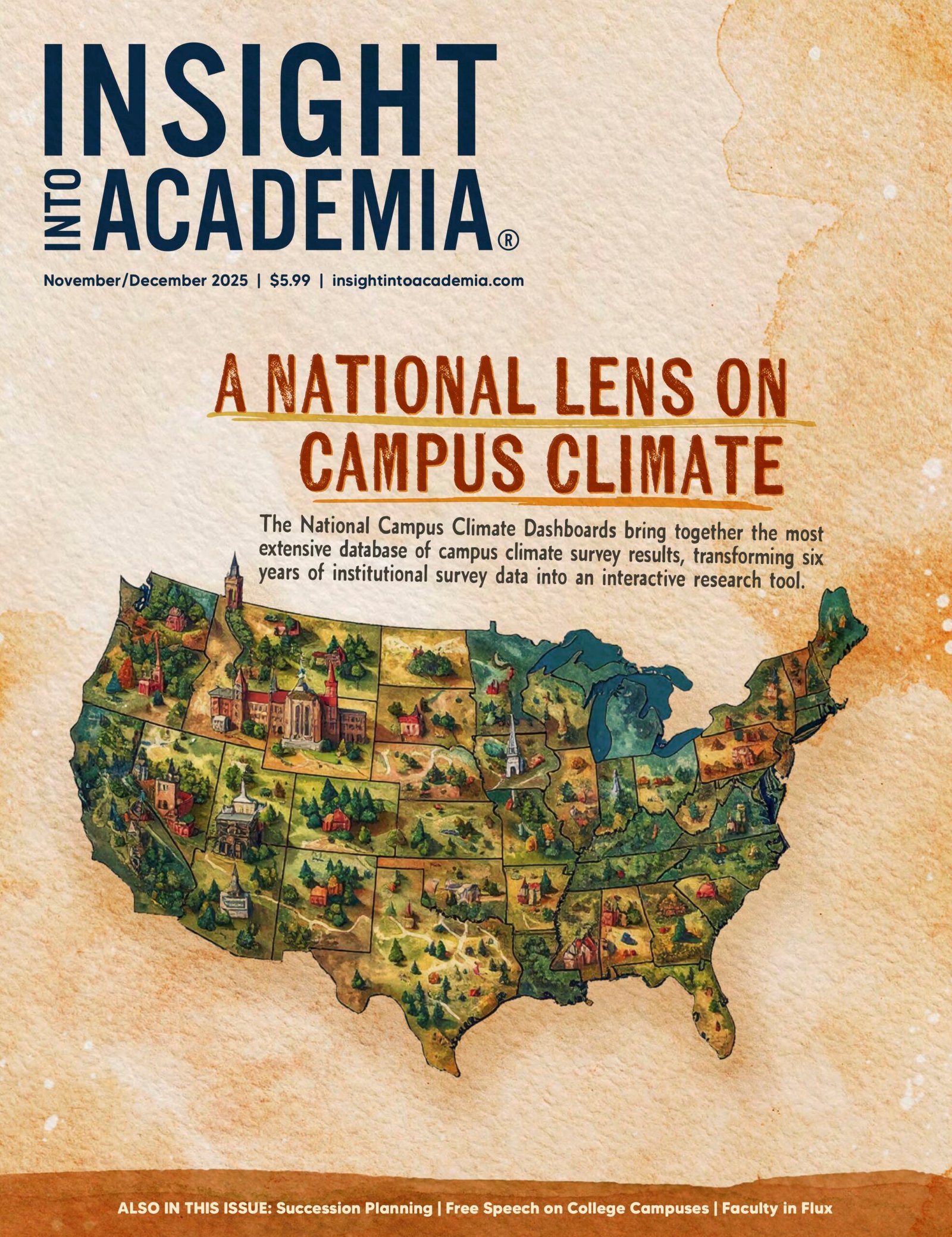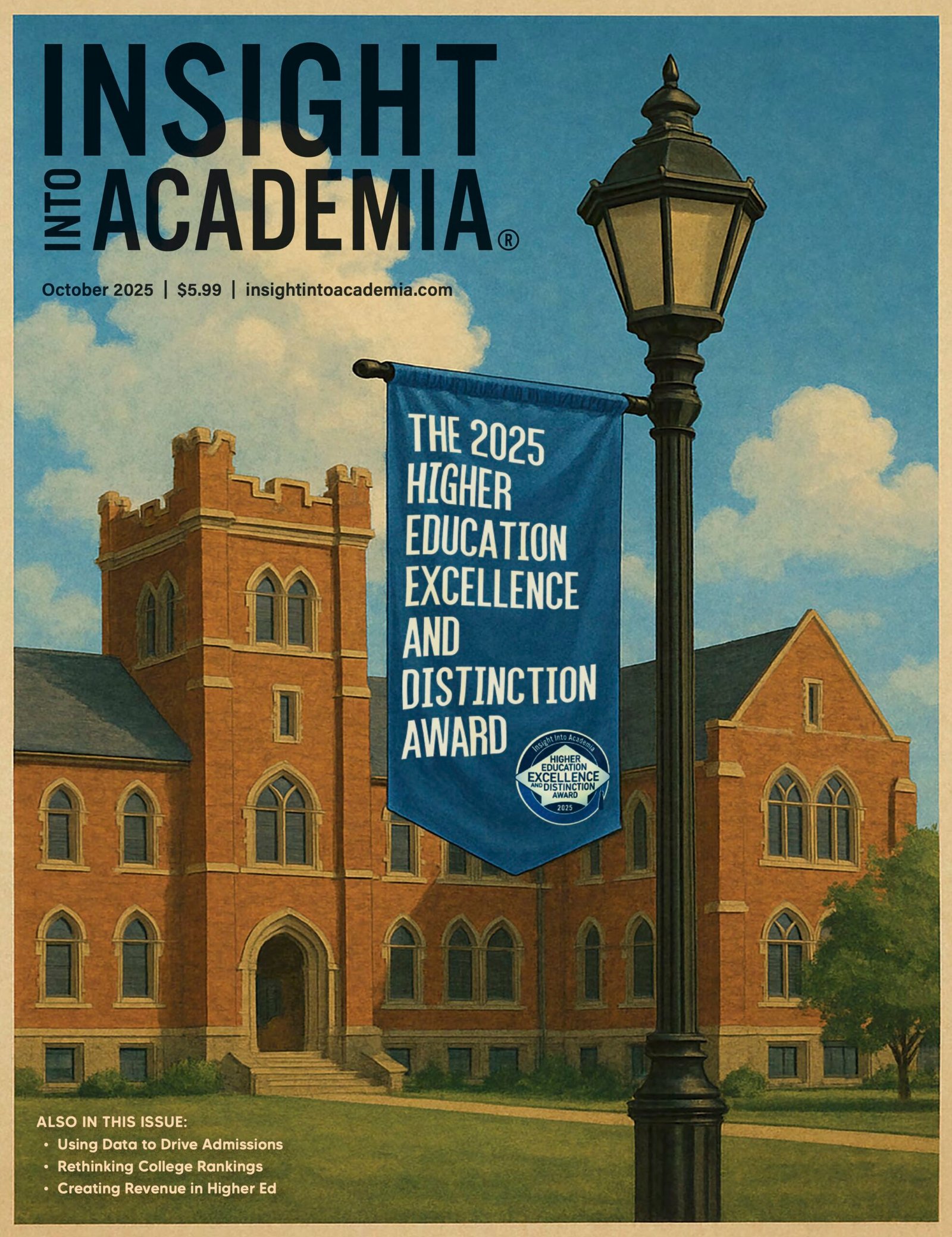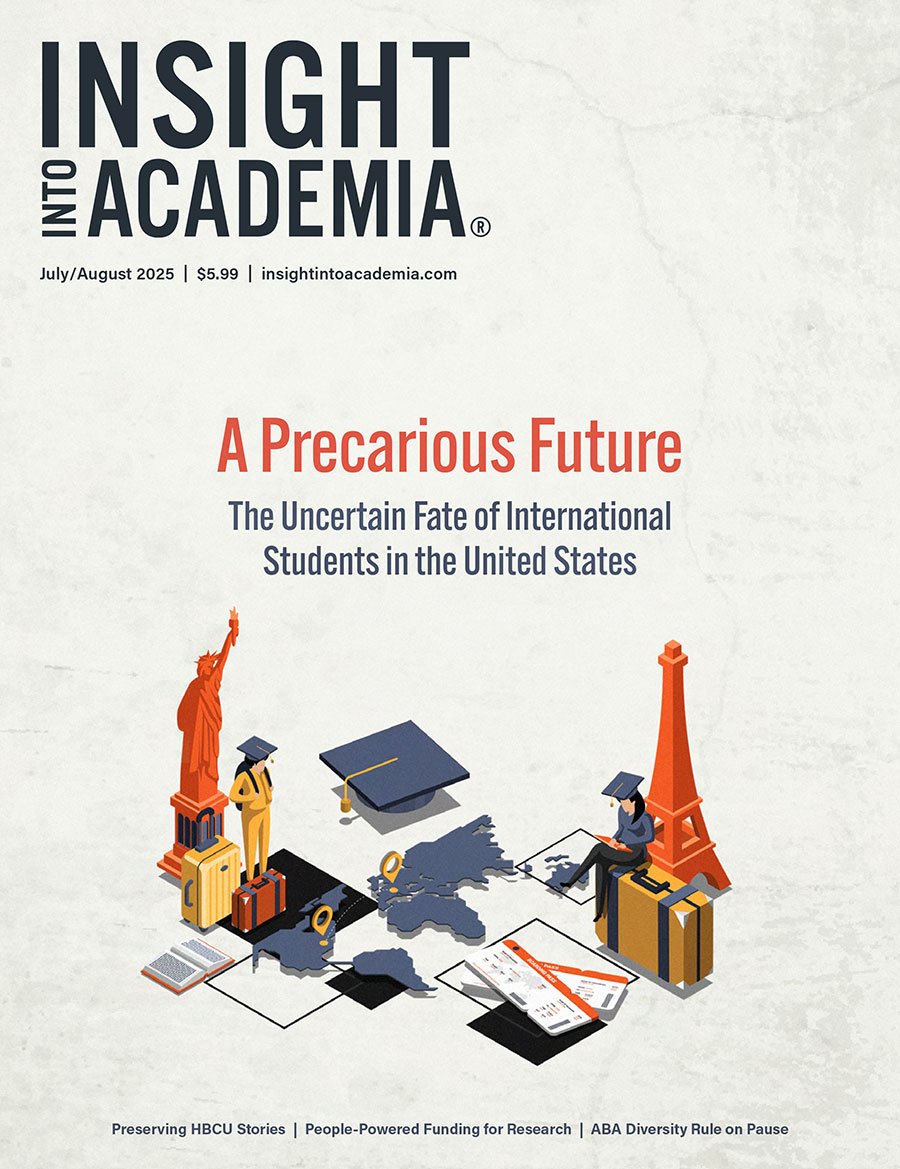In the October 2018 business school issue, INSIGHT Into Diversity explored how chief diversity officers (CDOs) in business schools at three universities have positively influenced diversity and inclusion at their institutions. CDOs are playing an increasingly important role in schools of business. To follow up on this trend, INSIGHT interviewed three additional business school CDOs to explore how their experiences help them serve effectively at their universities.
University of Southern California Marshall School of Business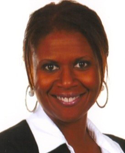
Sharoni Little, PhD, EdD, serves as associate dean and senior diversity, equity, and inclusion officer at the University of Southern California (USC) Marshall School of Business. Little views herself as a strategist, charged with pushing the Marshall community to ask “why” questions, including why the business school is prioritizing conversations about diversity, equity, and inclusion. She says this work is central to preparing leaders for a global economy.
“I have found that there are two kinds of approaches to diversity, equity, and inclusion efforts,” she says. “One is to burn the house down while you’re in it, ‘shame, shame, shame,’ and the other is, ‘This is a good thing to have. Here are some things to consider.’”
But Little rejects both of these and instead tries to be honest about the results of certain policies and practices, offering concrete tools to move forward.
Much of Little’s focus since stepping into her role in the fall of 2018 has been on diverse faculty recruitment. In addition to developing a training program for all search committees, she encourages Marshall School employees to think deeply about why it’s important to have a diverse faculty in the first place.
“It’s not about window dressing or checking a box, but rather giving students a chance to interact with faculty who reflect the diversity of our society and who incorporate different perspectives,” she says.
Under her guidance, every department at Marshall has participated in foundational sessions around the history of higher education and its role in promoting the dominance of straight, cisgender white men, according to Little. Participants also explore the messages that are sent by underrepresentation such as the message that it’s unusual to have people of color in positions of power, that these individuals are somehow exceptional among their racial group.
Little’s education in rhetorical analysis — and her personal experience as the only Black woman in a PhD program and as one of the first Black faculty at USC — has taught her to closely examine, deconstruct, and ultimately challenge some of these dominant narratives.
“In higher education, faculty members are considered generators of knowledge. Students are consumers,” she says. To make sure people of color are in “generator” roles, not just “consumer roles,” Little partnered with USC’s admissions office to increase the number of students and faculty from underrepresented groups.
Little recalls her experiences in graduate school and her first teaching roles as a Black woman, during which she experienced overt racism and sexism. Today, she draws on that experience when she counsels student and faculty groups.
“When people say, ‘You must be special,’ or, ‘You must be different,’ it basically discounts your full identity and your lived experience. When I found out I was the first Black female admitted to my PhD program in 10 years, I refused to believe it was about ability or intellect,” she says.
Berkeley University’s Haas School of Business
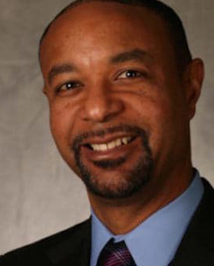
David Porter, PhD, is the first chief diversity, equity, and inclusion officer at University of California, Berkeley’s Haas School of Business (Berkeley Haas).
Originally an industrial engineer, Porter says his new role involves similar problem-solving processes — breaking down complex problems, implementing structures to address these problems, and then “aggregating back up.” One of the issues he addresses is why certain groups are underrepresented or certain dynamics play out in the classroom.
His professional background helps him target these problems. As an academic and sociologist, he spent over 20 years researching unconscious bias and the psychological and social factors that affect how people perceive others.
As the former co-creator and director of the University of California at Los Angeles’ (UCLA’s) African American Leadership Institute and the former director of Howard University’s MBA program, he developed leadership programs designed specifically for racially underrepresented groups.
Most recently, Porter served as executive director and chief executive officer of the Walter Kaitz Foundation, which seeks to increase professional opportunities for diverse individuals in the cable, media, and entertainment industries. He has also collaborated with chief diversity officers across corporate America, learning from their efforts to drive their organization’s mission and values.
At Berkeley Haas, he looks to create a school culture where “all students, faculty, and staff feel like they can show up as their authentic selves,” he says. Toward this end, he will continue the school’s current emphasis on equipping students with the necessary skills to engage in courageous conversations around topics such as race and gender identity.
He also seeks to increase the presence of underrepresented individuals in the classroom by using diverse protagonists in case studies, bringing in guest speakers, and building a more diverse faculty.
A broader “medium-term” goal, he says, is to work with all community members, including faculty, staff, alumni, and corporate partners, to instill “a flexible leadership style” in students. This flexible style helps future business leaders connect and collaborate with individuals from a range of identities, backgrounds, and perspectives.
When asked why a growing number of business schools are adding chief diversity officers, he says, “It’s a best practice. We’ve got to train leaders to be effective in a diverse world. It’s part of our value proposition as business schools.”
Kansas State University College of Business Administration
 Dawne Martin, PhD, is assistant dean for diversity at the Kansas State University (K-State) College of Business Administration (CBA). Martin has held this position since 2010, when K-State first took steps to appoint a diversity leader in every college at the university.
Dawne Martin, PhD, is assistant dean for diversity at the Kansas State University (K-State) College of Business Administration (CBA). Martin has held this position since 2010, when K-State first took steps to appoint a diversity leader in every college at the university.
She has also led diversity, equity, and inclusion efforts at CBA for the past two decades, beginning with her founding of the Multicultural Business Student Association in 2000. “I wanted to provide a community in a college that had very little diversity,” she says.
Under her tenure, the percentage of multicultural students in the school has increased from 10.4 percent in fall 2010 to 15.7 percent in fall 2018. Some incoming freshmen and transfer classes have multicultural student populations of nearly 25 percent, she says.
“[Recruitment] was the first big push. Once we got [diverse] students into the college, the next big push for me was to help them stay in school despite financial issues,” she says.
Under Martin’s leadership, the CBA started offering need-based scholarships and aid packages geared toward first-generation students. The graduation rate of underrepresented students has increased by 117 percent in the last five years, Martin says.
Martin leads several other initiatives to continue the CBA’s push to educate and graduate a more diverse cohort of future business leaders. These include creating an internal university website with cultural competency trainings for faculty and staff, working with corporate partners to raise funds for student scholarships and diversity programming, and running a textbook exchange out of her own office. One program, Project IMPACT, includes several pipeline programs for underrepresented youth across K-State’s colleges of business, agriculture, and engineering.
Martin’s passion for diversity and inclusion work comes from an “emotional” place, she says, and a desire to see all students succeed regardless of their racial or financial status.
Though she came to K-State with some experience from managing a small business development center that collaborated with local Black and Hispanic chambers of commerce, Martin says the community at the university helped train her in diversity best practices in the higher education realm.
“Thank goodness for the multicultural community, faculty, and staff at K-State,” she says. “They basically trained me.”
Ginger O’Donnell is a senior staff writer for INSIGHT Into Diversity. This article ran in the October 2019 issue.









